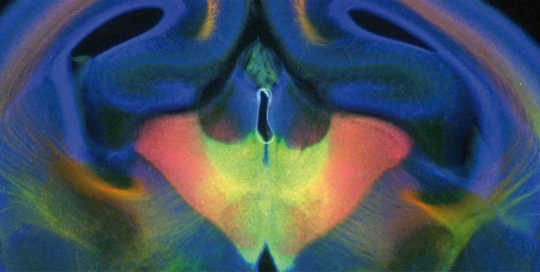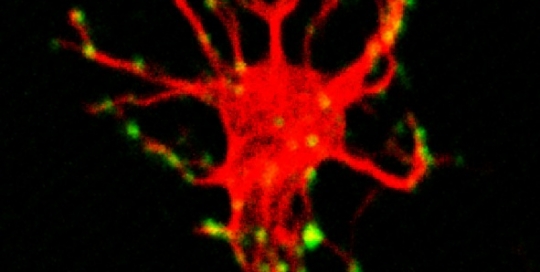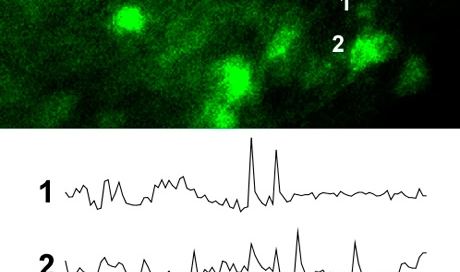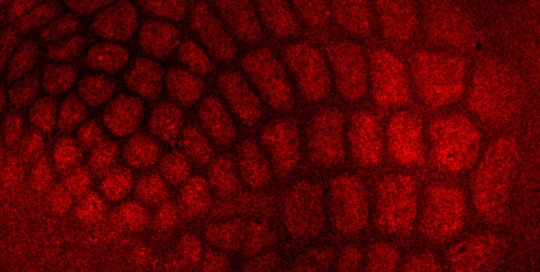A detailed understanding of the pool of guidance receptors that is express by distinct populations of thalamic neurons is essential to determine the mechanistic program involved in the correct pathfinding and development of this connectivity. In the laboratory, we have been developing strategies to selectively label distinct populations of thalamic nuclei and their projections using specific transgenic mouse lines. One of the aims of this project is to isolate thalamic neurons from different nuclei to study their gene profile at distinct developmental time points.
Integration of distinct signaling pathways in thalamocortical behavior
Projects
The sorting of thalamocortical axons seem to be a rather complicated mechanism in which attractive, repulsive and growth control signaling cues are involved. But, how are the distinct signaling pathways integrated by thalamocortical neurons to drive a unique behavioral response? […]
Activity-dependent mechanisms involved in thalamocortical guidance and wiring
Projects
Axons require multiple cues to be guided to their targets, and many molecules that are involved in these guidance events have been identified. A general consensus has emerged that such molecular mechanisms are most commonly used for pathfinding to the target area and […]
Neuroplasticity following sensory deprivation
Projects
The functional architecture of the brain is strongly influenced by any sensory inputs that are received. Recent studies of deaf and blind humans have provided convincing evidence of increased capabilities and alterations to the organization of the spared modalities. However, despite much effort, the identity of the brain regions that are changed and the exact mechanisms that underlie cross-modal plasticity remain largely unknown The specialized functions of the different neocortical areas depend on patterned innervation from the thalamus, as most of sensory information passes through the thalamus to the cerebral cortex. Our aim is to determine the rules by which neuroplastic changes are triggered following sensory deprivation and what re-specification events may take place in the thalamus when a loss of peripheral input occurs in early life.




